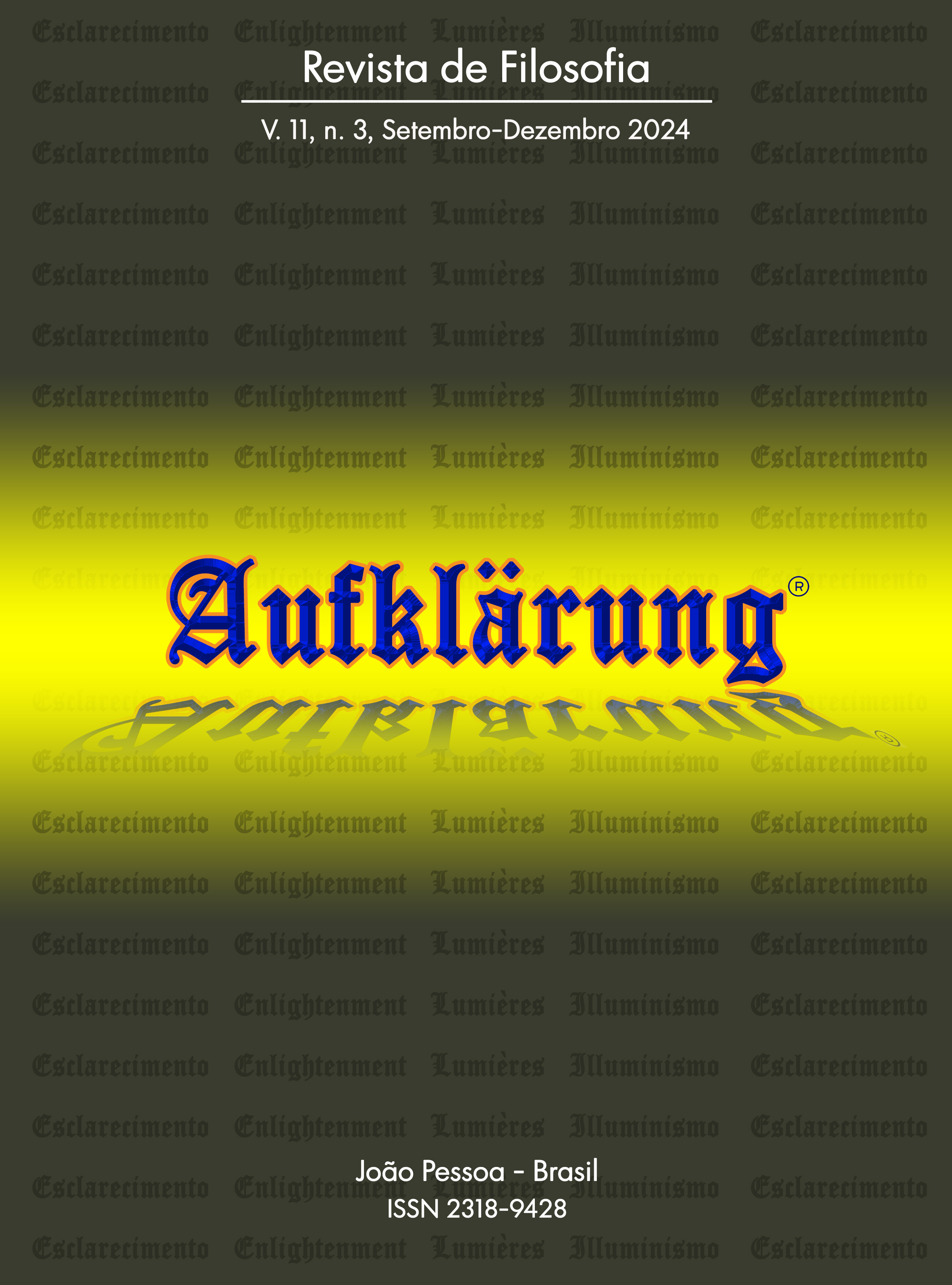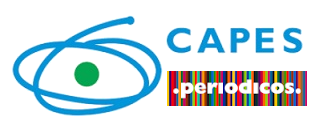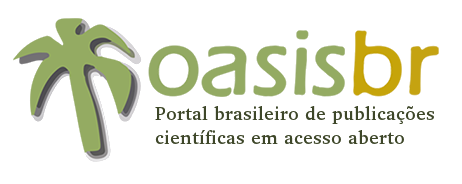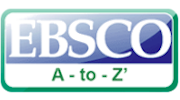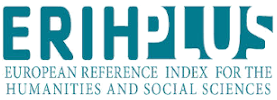Leibniz’s critiques of Descartes’ theory of perception
DOI:
https://doi.org/10.18012/arf.v11i3.68787Keywords:
Theory of perception, Mechanism, Qualia, Institution of NatureAbstract
This paper’s aim is to try to answer the critiques made by Leibniz against Descartes’ theory of perception. The first of these critiques concerns the so-called ‘idea-picture’. The answer to this critique will be given on the basis of the Cartesian theory of ‘causal dissimilarity’ between the object of perception and the sensations brought about by it. The second critique refers to the qualia, that is, the supposed disconnection and arbitrariness between the content of the mental representation (the idea) and its material reference. The answer to this critique will be given by means of the psychophysical correlation that Descartes calls ‘institution of nature’. Finally, the last critique relates to the insensibles perceptions. In order to answer this critique, it will be showed that Descartes held that matter is infinitely divisible and consequently he defended that there are many portions of bodies whose perception escapes the reach of our senses.
Keywords: Theory of perception; Mechanism; Qualia; Institution of Nature
Downloads
References
AQUINO, Tomás de. Summa theologiae.Disponível em:http://www.corpusthomisticum.org/iopera.html. Acessado em 15/07/2023.
DESCARTES, René. Oeuvres de Descartes. (publiées par Charles Adam & Paul Tannery, 11 vol.). Paris: Vrin, 1996.
DE ROSA, Raffaella. Descartes and the puzzle of sensory representation. Oxford: Oxford University Press, 2010.
ESPINOSA, Benedito. Ethica. Edição bilíngue. Tradução e notas de Tomas Tadeu. Belo Horizonte: Autêntica, 2007.
FORLIN, Enéias. A teoria cartesiana da verdade. São Paulo: Editora Unijuí, 2005.
GAUKROGER, Stephen. Descartes’ system of natural philosophy. Cambridge: Cambridge University Press, 2002.
GLEIZER, Marcos. Espinosa e a ideia-quadro cartesiana, Analytica, Rio de Janeiro Vol. 3, No. 1, pp. 75-89, 1998.
GORHAM, Geoffrey. Descartes on the innateness of all ideas, Canadian Journal of Philosophy, Québec, Vol. 32, No. 3, p. 355-388, September, 2002.
HATFIELD, Gary; EPSTEIN, William. The sensory core and the medieval foundations of early modern perceptual theory, Isis, Vol. 70, No. 3, p. 363-384, September, 1979.
JOLLEY, Nicholas. The light of the soul: Theories of ideas in Leibniz, Malebranche and Descartes. Oxford: Oxford University Press, 1990.
KONTIC, Sacha. Ideia, imagem e representação: Leibniz crítico de Descartes e Locke. São Paulo (Dissertação de Mestrado), Universidade de São Paulo, 2014.
LACERDA, Tessa. Leibniz: Matéria extensa e corpo orgânico, Especiaria, Vol. 16, No. 28, p. 152-165, Jan-Jun, 2016.
LANDIM, Raul. A percepção sensível em Descartes, ANALYTICA, Rio de Janeiro, vol. 23 nº 2, p. 1-28, 2019.
LEIBNIZ, Georg Wilhelm. Opera philosophica: quae existant latina, gallica, germanica omnia. Aalen: Scientia, 1974.
MALEBRANCHE, Nicholas. A Busca da Verdade. Textos escolhidos. Seleção, introdução, tradução e notas de Plínio Junqueira Smith. São Paulo: Discurso Editorial, 2004.
OTT, Watter. Leibniz on sensation and the limits of reason, History of Philosophy Quarterly, Vol. 33, No. 2, p. 135-153, 2016.
PEARCE, Keneath. Leibniz and the Veridicality of Body Perceptions, Philosopher’s Imprint, Vol. 16, No. 5, p. 1-17, 2016.
PURYEAR, Stephen. Leibniz’s Alleged Ambivalence about Sensible Qualities, Studia Leibnitiana, Bd. 44, H. 2, p. 229-245, 2012.
RADNER, Daisie. Spinoza’s theory of ideas, Philosophical Review, 80(3), p. 338-359, 1971.
SIMMONS, Alison. Are Cartesian sensations representational? Noûs, Vol. 33, No. 3, p. 347-369, 1999.
Additional Files
Published
How to Cite
Issue
Section
License

This work is licensed under a Creative Commons Attribution 4.0 International License.
Journal general policy
1.This journal works under a Creative Commons License aplied to online journals. That icence can be read in the following link: Creative Commons Attribution 4.0 International (CC BY 4.0).
2.Accordingly to this License, a)the journal declares that authors hold the copyright of their articles without restrictions, and they can archieve them as post-print elsewhere. b)the journal allow the author(s) to retain publishing rights without restrictions.
Metadata Policy for information describing items in the repository
1. Anyone may access the metadata free of charge at anytime.
2.The metadata may be re-used in any medium without prior permission, even commercial purposes provided the OAI Identifier or a link to the original metadata record are given, under the terms of a CC BY license refered for the Journal.

